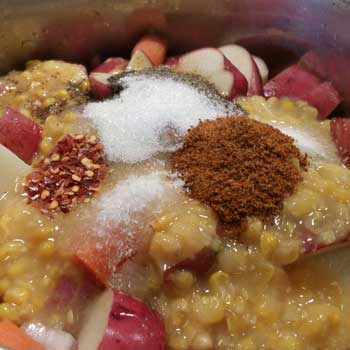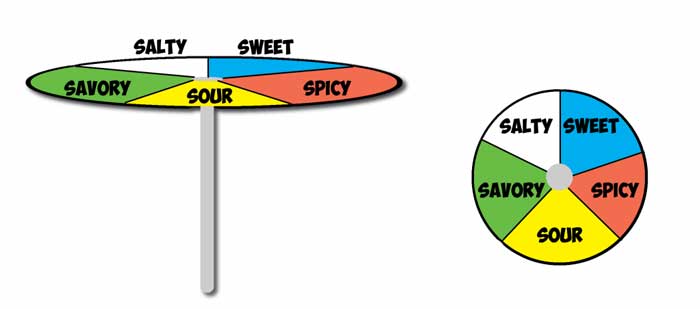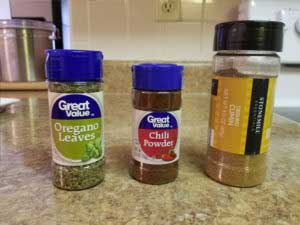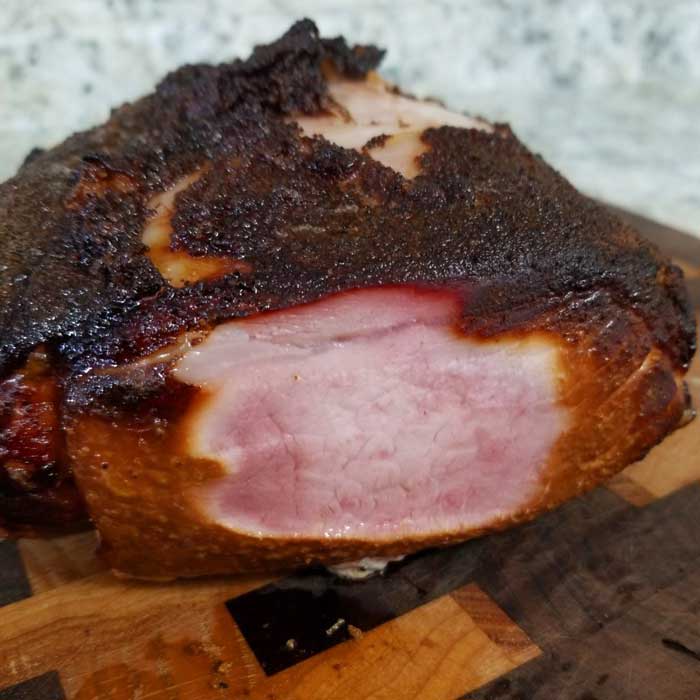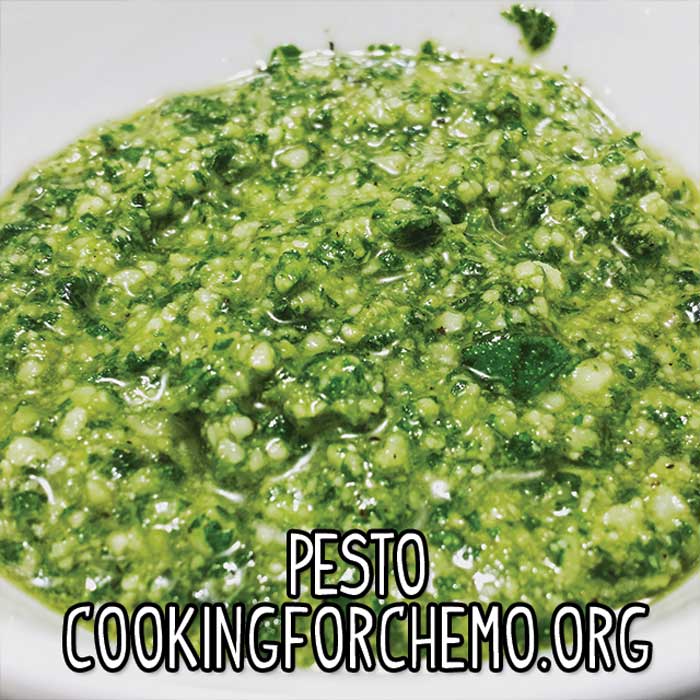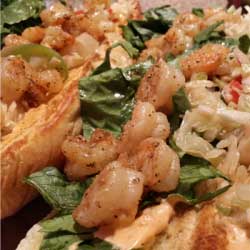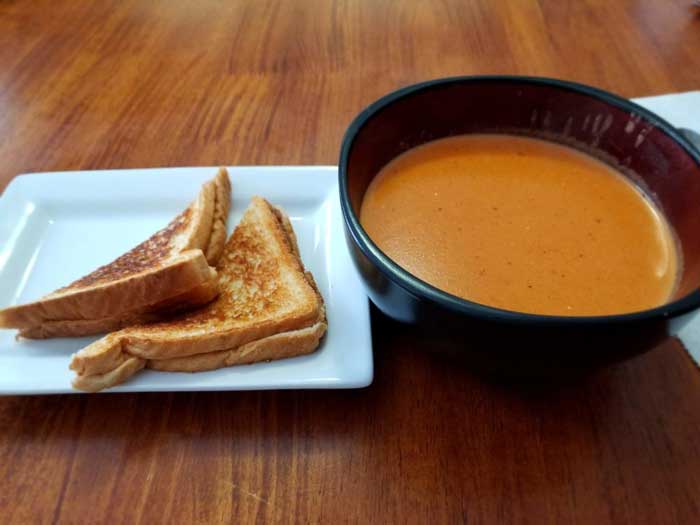Foundations of Cooking for Chemo
These articles focus on teaching you how to understand the eating experience and how your taste perception changes during cancer treatments. By understanding these simple flavor and cooking theories, you will be able to take this new found knowledge and understanding and apply it to your specific situation. This will help you become successful at fighting off starvation and help you to enjoy your food again.
Cooking for Chemo Introduction

Everyone is different. If there is nothing else that you learn from Cooking for Chemo, this is the single most important idea that you can take with you. Because everyone is different, not every solution is as simple as one size fits all. Because of this, you will have to do much leg work and at home participation to adapt these techniques that I will teach you to your own personal situation.
This article introduces you to Cooking for Chemo. It presents the material you will learn, why you need to know it, and the learning objectives of Cooking for Chemo.
Click Here to Read the Article
Understanding the Eating Experience – Roundness of Flavor Overview
Understanding the Eating Experience is the most important lesson of Cooking for Chemo.
The very first idea you must understand when cooking for someone undergoing chemotherapy treatments is how flavors and the eating experience are perceived. In my experience, I have learned that it is not the flavors of the foods that cancer patients eat but their perception of these foods that have changed. Chemotherapy plays havoc on the entirety of your body, not just the cancer cells it is targeting. This is why your hair falls out, your skin gets sores, and your nails become brittle. The same effects can also be felt on all of your sensory organs as well.
Click Here to Read The Article
Taste Perception – The Five Flavors
Learning how you perceive flavors helps you to identify what flavors taste delicious, and which ones taste gross.
Click Here to Read the Article
Seasoning Broth Exercise
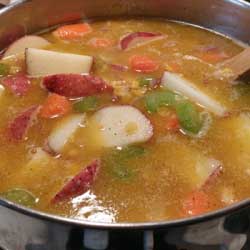
This exercise takes everything that you’ve learned in the previous exercises and allows you to practice experimenting with the five flavors in a controlled environment.
Click Here to Read the Article
Mixing the Five Flavors
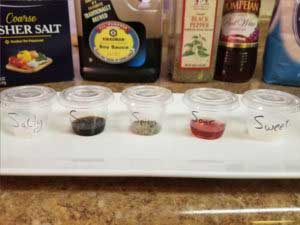
This article continues the discussion of the five flavors, and teaches you about what happens when you mix them in varying quantities.
Click Here to Read the Article
Herbs and Spices the Nose of Your Food
Herbs and spices form the basis of the aromatic portion of the eating experience. This article focuses on the differences between herbs and spices, and their roles in cooking.
Click Here to Read The Article
Aromatics – Understanding Smell When Cooking and Eating
The aromatic portion of the eating experience forms the basis of many culinary experiences. This article explores this idea and explains to you how to understand good smells, bad smells, and their link to hunger and nausea.
Click Here to Read The Article
Learn Your Flavor Palate
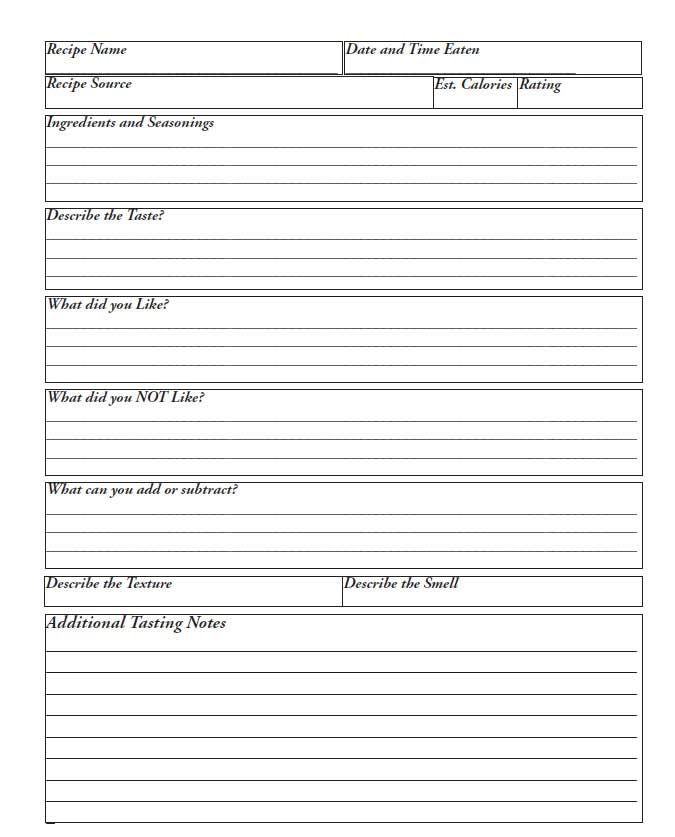
Learning your flavor palate takes a little bit of work, but it is well worth it! Up until now, we have been discussing what flavor is and where it comes from. Understanding the simple culinary theories on flavor is very important. By understanding flavor and its root, you can begin to understand how to develop flavors you love. You also learn to omit, augment, or modify flavors that you don’t like. Many dishes or recipes may also contain a food that you may not care for, but was important for a specific flavor quality that needed to be extracted.
Click Here to Read The Article
How to Identify Individual Scents and Smells
The skill of identifying individual scents and smells is a strength that every cancer fighter needs in their arsenal. This skill allows you to identify which aspects of a recipe are beneficial to your appetite, and which ones are damaging to your appetite.
Click Here to Read The Article
Strong Smells and Pungency
Strong Smells and Pungency are highly linked to induced nausea. This article discusses this idea in detail.
Click Here to Read the Article
How to Identify Recipe Components
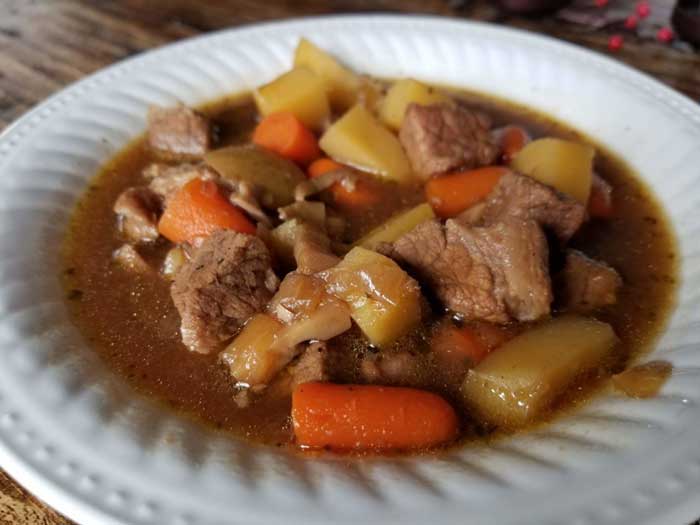
Understanding the function and relationship of individual components in a recipe helps you during the cooking process. Understanding the function of an ingredient allows you to quickly make substitutions or replacements on the fly.
Click Here to Read the Article
At Home Tasting Journal Activity
This at home exercise helps you to identify the tastes, smells, and components in a recipe. It also teaches you how to utilize a tasting journal to create a log of foods that you have had success with and those you have not had success with.
Click Here to Read The Article
